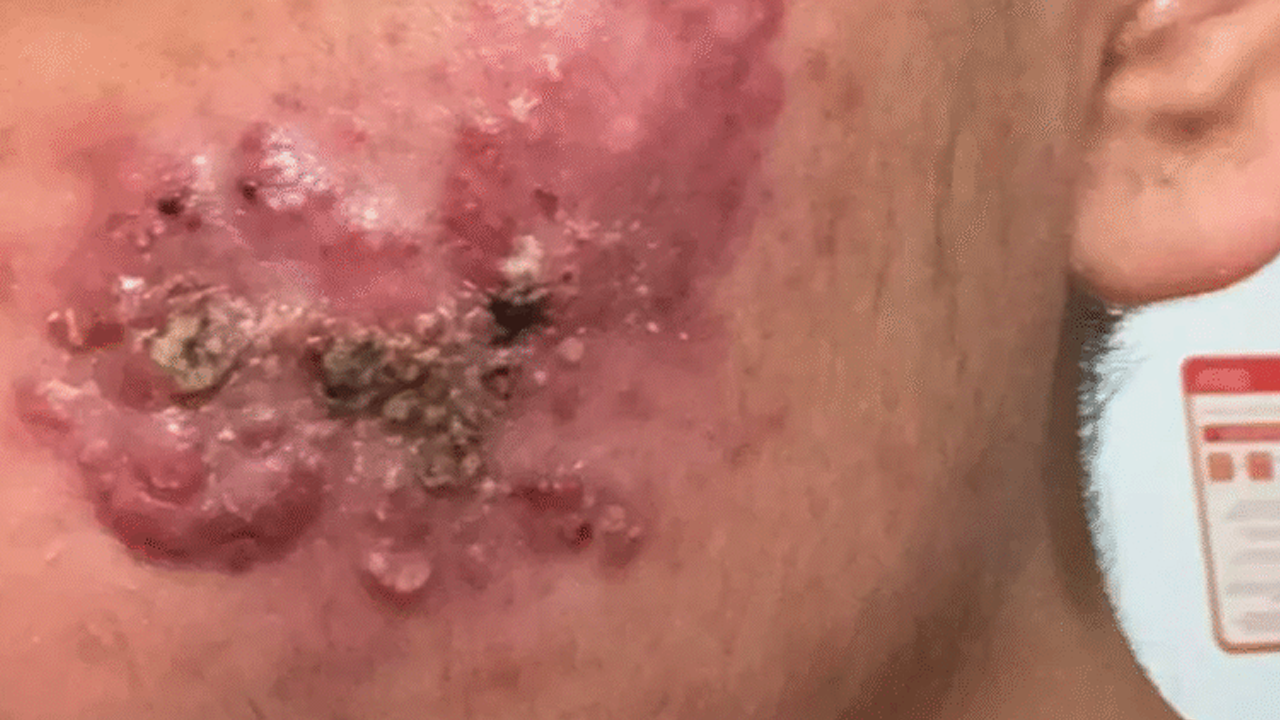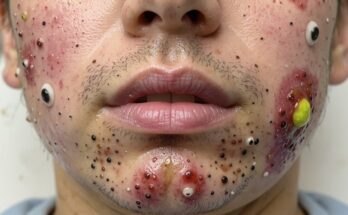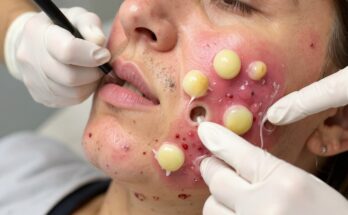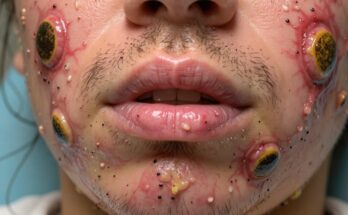Decoding the Pimple Puzzle: A Comprehensive Guide to Acne Types and Treatments
Acne. That unwelcome guest that leaves its mark – literally – on millions. But not all pimples are created equal. Understanding the different types of acne is crucial for effective treatment, and this guide will help you navigate the nuances of this common skin condition. This post was medically reviewed by a board-certified dermatologist with a private practice in New York City.
The Acne Family Tree: Six Key Players
Acne manifests in various forms, each with its own characteristics and treatment strategies. Let’s explore the six main types:
1. Blackheads (Open Comedones): The Dark Spots
Blackheads, or open comedones, are characterized by their dark, often black, appearance on the skin’s surface. This dark color arises from a chemical reaction – oxidation – between the trapped sebum (skin oil) and keratin (skin debris) within the open pore and the oxygen in the air. Essentially, it’s a clogged pore exposed to the environment.
Treatment: Gentle cleansing with a beta hydroxy acid (BHA) like salicylic acid is highly effective. BHAs penetrate deep into pores to dissolve the blockage. Over-the-counter retinol, a form of vitamin A, can also improve skin cell turnover, preventing future blockages and reducing existing ones.
2. Whiteheads (Closed Comedones): The Hidden Culprits
Similar to blackheads, whiteheads, or closed comedones, involve a buildup of sebum and keratin. However, unlike blackheads, the pore is completely closed by a layer of skin, resulting in a small, white bump. Resist the urge to squeeze!
Treatment: The treatment strategy mirrors that of blackheads: BHA cleansers (salicylic acid) and over-the-counter retinol are your best allies. Avoid harsh scrubbing and maintain a gentle cleansing routine.
3. Pustules: The Pus-Filled Peaks
Pustules are easily identifiable by their noticeable white or yellowish pus-filled heads surrounded by inflamed, red skin. Bacterial growth within clogged follicles is usually the culprit.
Treatment: While smaller pustules might resolve on their own, topical treatments can accelerate healing and reduce inflammation. Benzoyl peroxide and sulfur-based washes effectively combat bacteria and inflammation. For more persistent cases, a dermatologist may prescribe topical or oral antibiotics, such as erythromycin (topical) or minocycline (oral).
4. Papules: The Solid, Raised Invaders
Papules present as small, solid, raised bumps, typically less than a centimeter in diameter. They can vary in color and size. If left untreated, they can sometimes progress into pustules.
Treatment: The focus here is on minimizing irritation. Gentle cleansing with warm water and avoiding harsh scrubbing are key. Refrain from applying makeup to the affected area to allow for proper ventilation.
5. Nodules: The Deep-Seated Troubles
Nodules represent a more severe form of acne. They form when pores deep within the skin become severely clogged with dead skin cells and oil, creating large, deep lesions. These can be painful and may or may not be visible on the surface. Uncontrolled growth can lead to nodular cysts.
Treatment: Over-the-counter solutions are typically inadequate for nodules. A dermatologist’s intervention is often necessary. Treatment options may include oral antibiotics (like minocycline) or oral retinoids (such as isotretinoin, also known as Accutane). Cortisone injections directly into the nodule can rapidly reduce inflammation and pain.
6. Cysts: The Most Serious Acne Form
Cystic acne is the most severe type. Like nodules, cysts are caused by deeply clogged pores containing fluid or pus. They are characterized by their large size, redness, and often intense pain.
Treatment: Over-the-counter remedies are ineffective against cysts. Prompt professional help is essential to prevent scarring. A dermatologist may prescribe isotretinoin, antibiotics, or recommend steroid injections.
Navigating Your Acne Journey: Seeking Professional Help
While many acne types respond well to over-the-counter treatments, persistent or severe acne, especially nodules and cysts, necessitates a dermatologist’s expertise. Early intervention can prevent scarring and ensure effective management of your skin condition. Remember, understanding your acne type is the first step toward clear, healthy skin.



